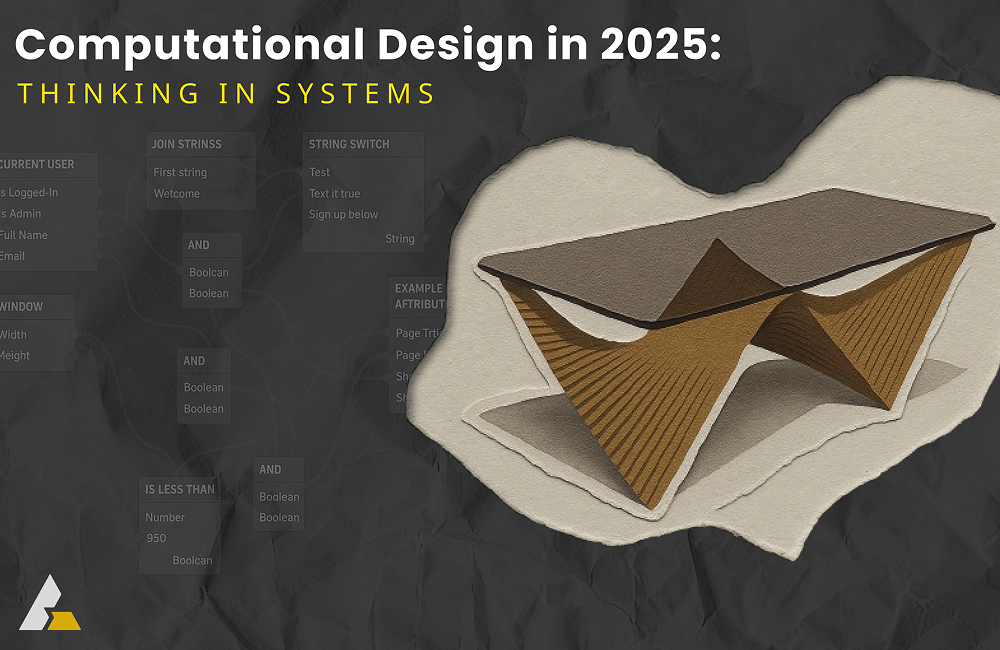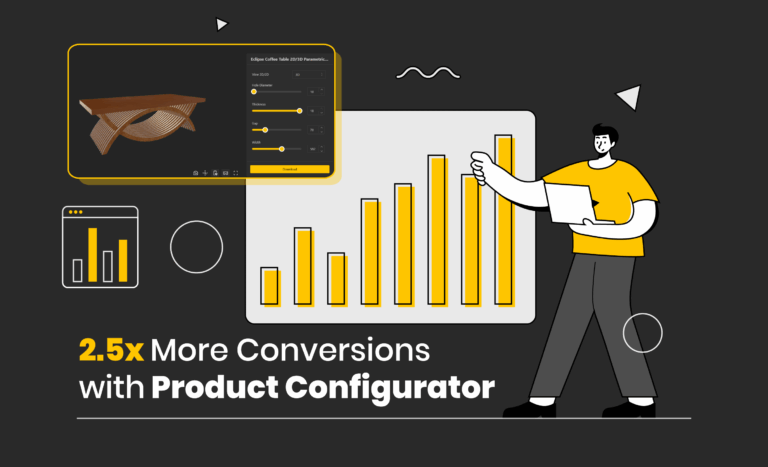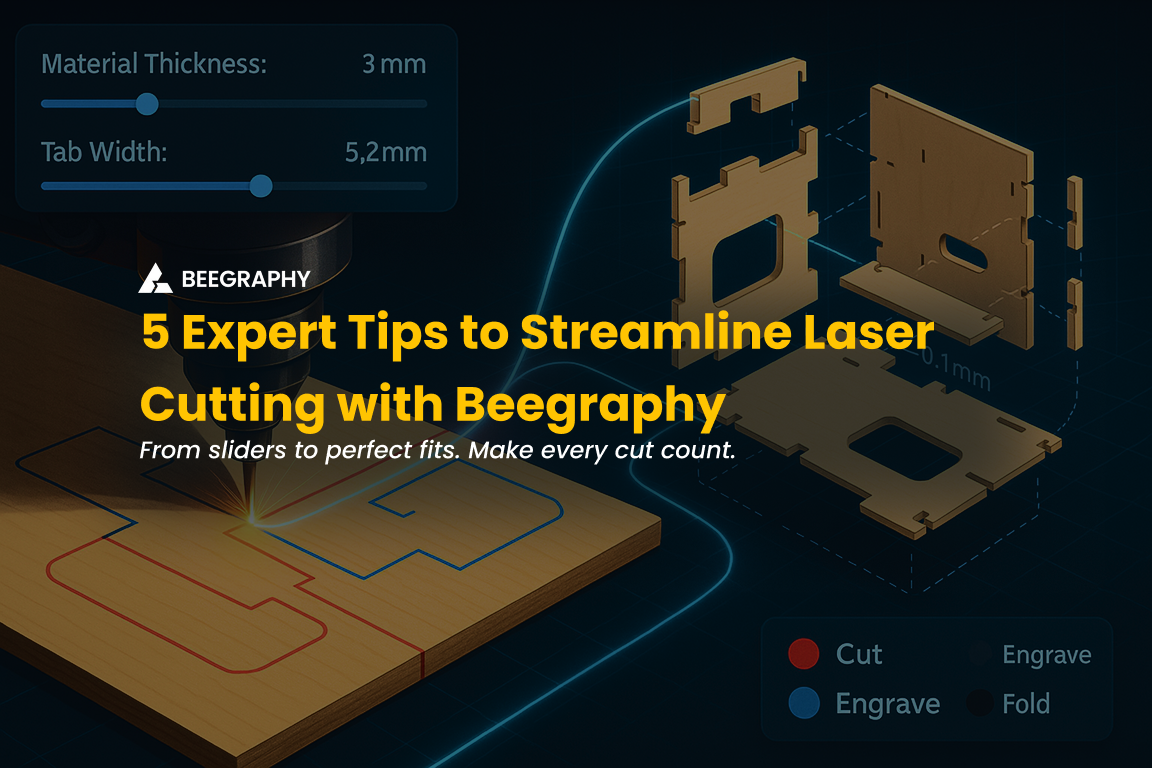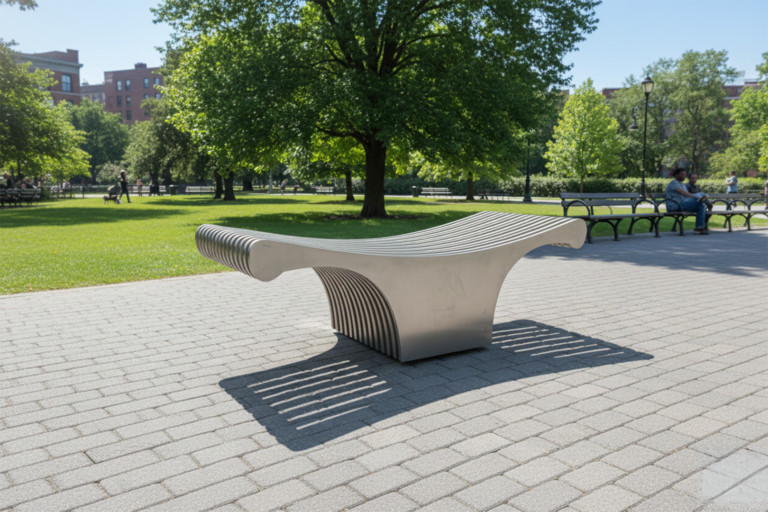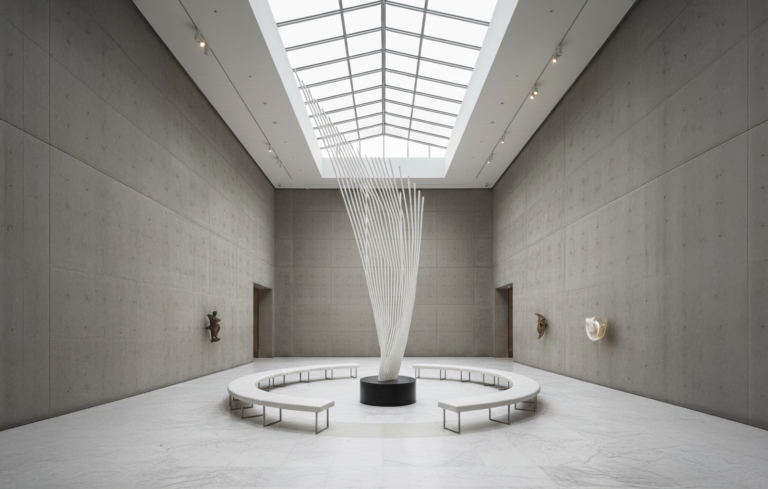Table of Contents
We understand and we get it. Computational design can sound complex, even a little intimidating at first but what if we told you it’s more like playing with LEGO than solving equations?
Picture this. You’re a kid again, surrounded by your favorite building blocks but instead of stacking them by hand, you simply speak your ideas.
“Build ten towers.”
“Make them taller if it’s windy.”
“Add more windows if it’s sunny.”
And the blocks respond: automatically, intelligently, creatively.
That’s the essence of computational design. It’s not just about drawing shapes on a screen. It’s about designing systems. It’s logic and creativity working together.
Before we dive into innovative examples and future trends, let’s take a step back.
What exactly is computational design?
Why does it matter?
And how is it quietly becoming one of the most transformative design tools of our time?
Algorithms: The Logic Behind the Magic
Algorithms. It’s a word that can initially feel daunting, but let’s simplify it. An algorithm is simply a set of instructions or a logical sequence, much like chapters in your favorite book. Each chapter builds on the previous one, leading you to the final satisfying conclusion. In computational design, your chapters (algorithms) define a clear, logical path to an end goal: your finished design.
To break it down practically, let’s say you’re designing a pattern. Your algorithmic storytelling might look something like this:
- Start with a circle.
- Make 10 copies of it.
- Rotate each copy slightly more than the last.
- Change the color based on the size.
Once you outline these steps, the computer instantly executes them. Even better, it adapts the entire pattern dynamically if you change just a single number. This is the true power of computational design: the ability to generate, modify, and iterate seamlessly and swiftly.
Visual Logic: Working with Nodes
But wait, it gets even more intriguing. You don’t necessarily have to know how to code to create these sophisticated designs.
Today, powerful tools embrace something called node-based design. Picture blocks of logic, each dedicated to performing specific tasks – drawing shapes, rotating elements, or analyzing environmental data like light and wind. Connecting these nodes visually creates a logical flow, much like drawing a map to guide your design effortlessly from conception to completion.
Interested in trying this yourself?
Explore BeeGraphy’s node-based editor and start your visual coding journey right from your browser.
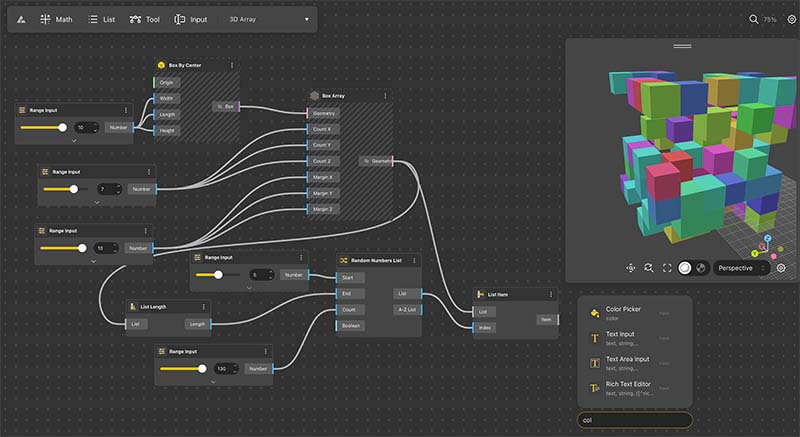
Node-based interface for creating a 3D array of colored boxes, showing a visual programming workflow with parametric inputs and geometric logic.
Why Designers Are Turning to Computational Design
Ever felt limited by traditional design tools, stuck tweaking endless details without truly exploring your ideas? Computational design changes the game entirely. Instead of dragging static elements around a screen, you define the rules, building a design system that grows dynamically as your vision evolves.
Picture this: making one simple tweak and instantly generating hundreds of unique design variations. Or effortlessly simulating real-world environmental interactions to predict how your design performs.
Computational design doesn’t just speed up your workflow; it unlocks creative possibilities that traditional methods simply can’t match.
Here’s what computational design means for you:
-
Flexibility: Adapt and refine your designs quickly, experiment more, and settle less.
-
Intelligence: Design smarter by creating solutions that react naturally to their environment.
-
Automation: Say goodbye to tedious tasks and hello to focusing on creativity.
-
Precision: Ensure your designs aren’t just visually compelling but ready for flawless fabrication.
Computational design empowers you not just to design faster but to think bigger, create deeper, and explore wider than ever before.
Computational Design in the Real World
A few years ago, computational design was something you’d mostly hear about in architecture schools or hidden in niche design forums. Complex, coded, a bit mysterious , but that has changed.
Today, it’s showing up in unexpected places: like fashion studios.
Take Ministry of Supply’s 3D Print-Knit lab in Boston. Here, clothes are made using algorithms instead of traditional patterns. A single jacket is printed in one seamless piece, with fabric zones designed to be tight where support is needed and loose where breathability matters. There’s no waste, no extra seams: just logic woven into fabric.
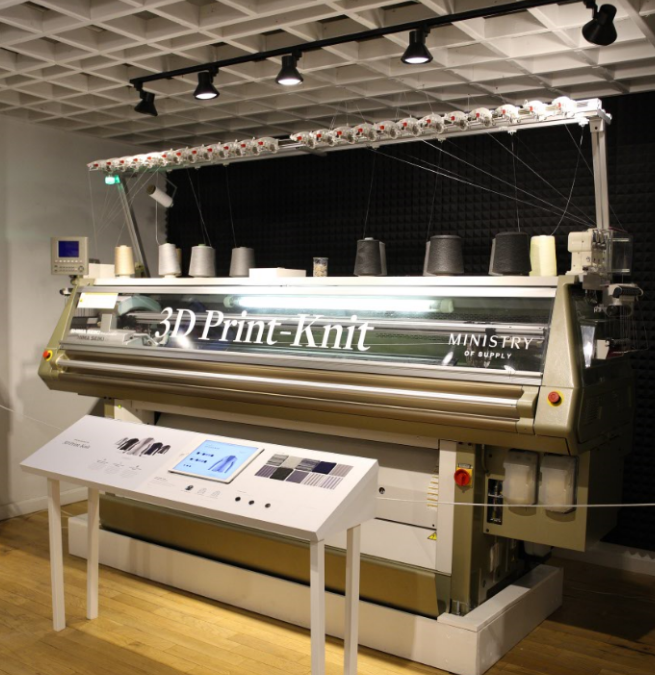
Ministry of Supply’s 3D Print-Knit machine enables seamless, waste-free garment production using algorithmic design and additive manufacturing. Image Source: Ministry of Supply – 3D Print-Knit
Computational design is no longer just about architectural models. It’s in the things we wear, the cities we shape, and the systems we build. It’s not just a skill. It’s becoming a mindset.
Accessibility Through BeeGraphy
Not long ago, diving into computational design felt like unlocking a secret language – complex code, steep learning curves, and a lot of trial and error. If you didn’t know how to script, you were stuck watching from the sidelines, but today, that’s changing. Imagine opening your browser, not an advanced modeling software, just a simple tab, and instantly stepping into a playground of logic and geometry.
That’s what platforms like BeeGraphy make possible.
No downloads. No installations. Just you, a canvas, and a set of visual building blocks—letting you think like a designer.
It’s more open and in a world where design tools have often been gatekept by complexity, this kind of access feels like a quiet revolution.
Shaping the Future of Design Thinking
Imagine starting with a blank digital canvas, not to draw shapes, but to define systems. In computational design, you do not simply create forms; you set rules, conditions, and logic that generate intelligent, responsive variations. A curve becomes a reaction to data. A material becomes an active collaborator. Every element adapts to its environment.
A design that evolves with intention, powered by both creativity and computation. BeeGraphy makes this accessible to everyone. Its intuitive, visual scripting platform brings the power of parametric design to your browser, turning complex logic into visual workflows anyone can build with. Whether you are a beginner or a professional, BeeGraphy helps you design smarter, faster, and more collaboratively. It redefines what it means to think like a designer in the age of computation.
Looking Back: 3 Computational Design Highlights from 2024
1. When AI Became a Designer’s Best Friend
Let’s rewind to 2024, a year when designers weren’t just using AI: they were collaborating with it. Imagine stepping into your studio, and instead of sketching alone, you’re guiding an intelligent assistant who understands light, airflow, and even neighborhood noise.
That’s exactly what tools like Spacemaker by Autodesk brought to life. It was like having a quiet, brilliant co-designer who could run dozens of simulations in seconds. Architects provided it with constraints such as “we want maximum daylight” or “less noise on the west side” and watched as the software generated beautiful, efficient building layouts ready to be tweaked or built.
AI didn’t replace creativity. It expanded it. It took the tediousness out of trial and error and gave imagination room to run free.
Autodesk CEO shares a forward-looking vision of design, engineering, and innovation in this 2021 keynote.
Video Source: Autodesk
2. Parametric Design Left the Niche and Hit the Streets
For years, parametric design was the domain of specialists, those fluent in complex coding languages and advanced modeling software but by 2024, this once exclusive toolset began to permeate various industries, making its mark in both architecture and product design.
In product design, Nagami, a Spanish design studio, has been at the forefront of integrating parametric design with 3D printing. Their collaboration with artist Ben Elliot resulted in the Xchair, a piece that embodies metaverse aesthetics and was crafted using recycled PETG polymer. This chair not only showcases innovative design but also emphasizes sustainability and adaptability in modern furniture.
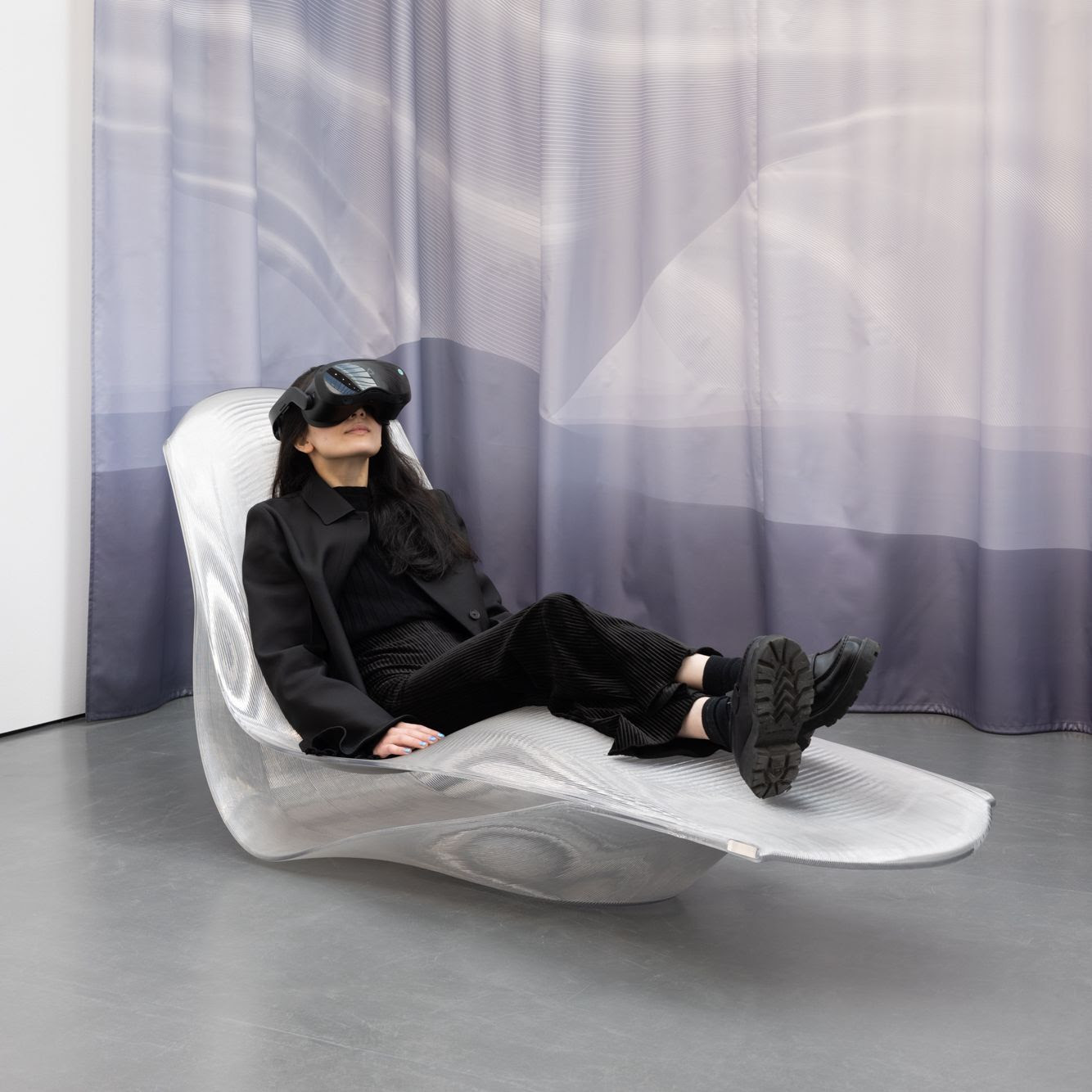
The L-Shaped X-Chair, developed using advanced 3D printing and parametric design, showcases layered curves that coalesce into a seamless form—merging comfort, technology, and sculptural precision. Image Source: Parametric Architecture
These examples illustrate how parametric design has transcended its traditional boundaries. It is no longer confined to academic circles or elite design firms. It is influencing the very fabric of our daily lives; from the bridges we cross to the chairs we sit on.
3. Digital Twins Stopped Being Buzzwords
We used to hear the term “digital twin” and brush it off as just another tech buzzword. It was one of those phrases that floated around in slide decks at conferences, impressive but abstract. You couldn’t touch it. You couldn’t see how it changed anything.
Then came 2024, and suddenly digital twins were no longer just concepts. They had coordinates. Inside a high-tech BMW factory, everything moves in synchrony but it is not just the robots or the conveyors. It is what is happening in the cloud. Every operator, machine, and process is mirrored digitally inside NVIDIA Omniverse.
A virtual twin of the entire factory exists alongside the real one. Before anything changes on the factory floor, it is tested virtually. Movement patterns, production schedules, and even potential errors are all simulated. If something looks off, the AI suggests alternatives.
This is not an oversight, this is orchestration.
That was the moment digital twins stopped being buzzwords and became something much more powerful. They became command centers, silent, intelligent systems quietly shaping the decisions of entire cities and industries.
This GTC21 demo by NVIDIA showcases BMW Group’s “factory of the future,” designed and simulated entirely within NVIDIA Omniverse. It highlights how digital twins, robotics, and real-time collaboration are shaping next-gen manufacturing.
Video Source: NVIDIA on YouTube – BMW Digital Twin in Omniverse
Looking Forward: 3 Computational Design Trends for 2025
1.Spaces That Breathe: The Rise of Living Installations
In 2025, architecture is becoming more than just structure across cities and cultural spaces, living installations are transforming the built environment into something responsive, interactive, and alive. These are not static sculptures. They move, adapt, and engage with people and their surroundings.
A striking example is Studio ENESS’s “Lumen”, a light-responsive installation in Melbourne that reacts to motion and sound, creating a playful exchange between space and viewer. Designs like this merge sensors, parametric logic, and real-time feedback to craft experiences that evolve as people move through them.

Lumes by ENESS is a modular wall installation that transforms LED pixels into interactive characters. Image Source: David Agnew – The Untapped Potential of Lighting
Dynamic installations are turning public spaces into participatory environments. They sense, respond, and tell stories through motion and light. It is computational design at its most expressive, where logic meets poetry and architecture begins to feel human.
2. From Geometry to Governance: Rule-Based Design for Policy and Planning
In 2025, computational design is no longer confined to the studio. It is entering city halls, shaping how we plan neighborhoods, allocate resources, and write zoning codes. Designers and urban planners are now using rule-based systems to simulate policy decisions, turning regulations into geometry and transforming complexity into clarity.
A leading example is Giraffe, a real-time urban planning platform that enables stakeholders to model development scenarios based on zoning, infrastructure, and environmental data. With Giraffe, planners can test how changes in density or setbacks affect daylight access, public space, or traffic flow, all before construction begins. It bridges the gap between design and governance, allowing cities to respond faster and plan smarter.
Giraffe is a cloud-based urban planning platform that enables real-time collaboration across disciplines. This introduction video showcases how architects, planners, and developers can rapidly visualize zoning, infrastructure, and design scenarios within a shared parametric environment.
Video Source: Giraffe on YouTube
By encoding policies into parametric logic, platforms like Giraffe help cities shift from reactive planning to proactive design. The result is a new kind of urban workflow where rules are not limitations but building blocks for more livable and equitable environments.
3. Design Goes Open Source: Logic You Can Fork, Remix, and Share
In 2025, there is a quiet revolution underway. Designers are beginning to think like developers, and that simple shift is transforming everything.
Gone are the days when design was a solitary act. Today, creatives build upon each other’s ideas, sharing not only final models but also the logic behind them. It is no longer just about the end product; it is about the thinking behind it: the systems, scripts, and structures.
This marks the rise of open parametric ecosystems.
Imagine a designer in Copenhagen creating a parametric pavilion and uploading the model, along with its embedded rules and parameters, onto an open platform. Soon after, a student in Delhi remixes it into a modular shelter designed for monsoon-prone neighborhoods. Then, an engineer in Nairobi adapts it into a solar canopy, optimizing shade and energy efficiency.This isn’t merely about exporting geometry; it’s about sharing intelligence.
Platforms like Beegraphy are making such collaboration possible. They enable teams to work on parametric models in real time, bridging disciplines and borders. Architects, engineers, and designers co-create seamlessly, even when using different design tools or languages.
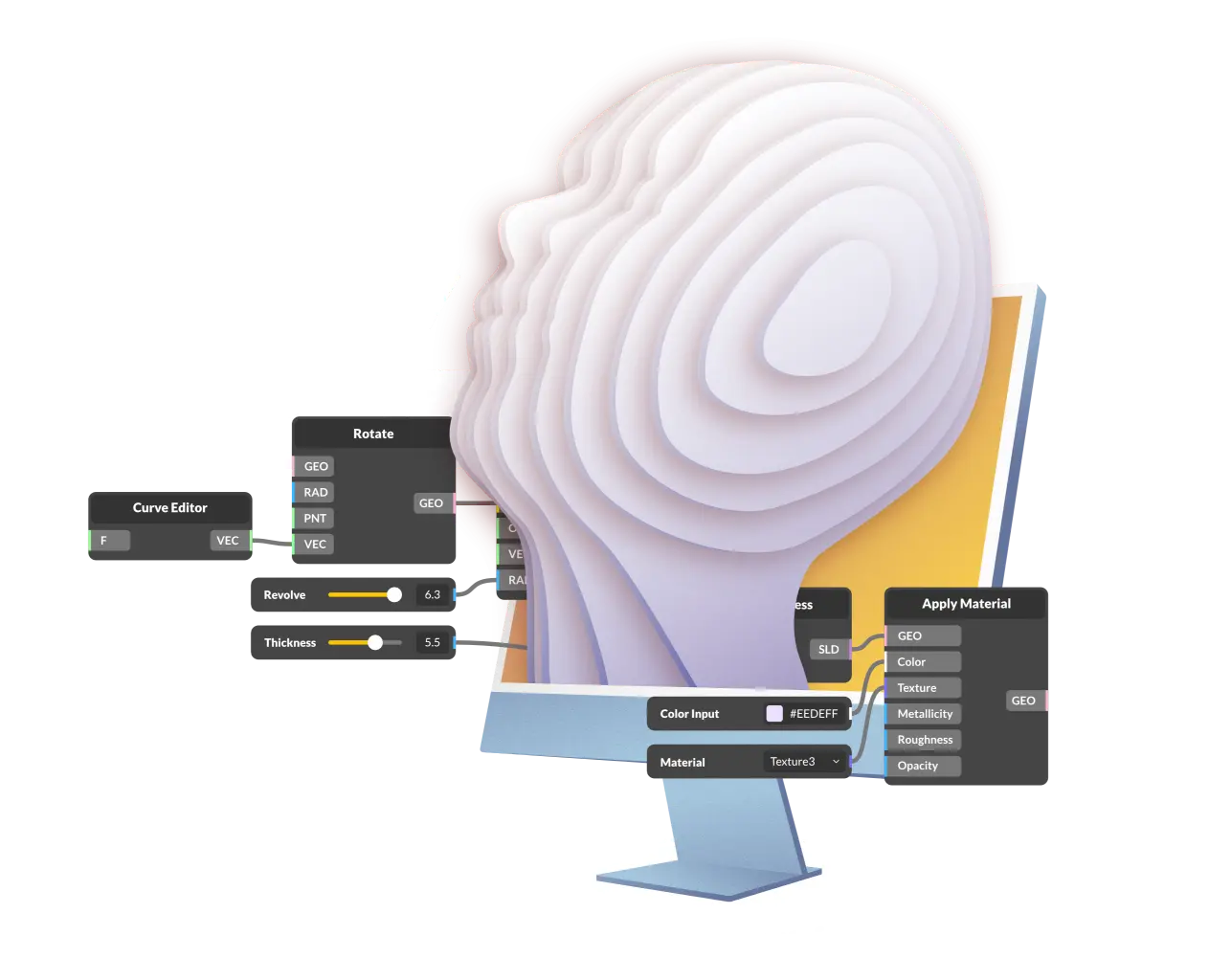
A visual representation of node-based parametric modeling, where geometry, material, and logic are defined through interactive visual elements—demonstrating how platforms like BeeGraphy make computational design intuitive and accessible.
Curious to try it yourself? Start building your first parametric model today with BeeGraphy’s browser-based editor.
A New Chapter in Design Thinking
There was a time when design was bound to sketchpads, CAD files, and rigid workflows but quietly, our approach to creating began to evolve. This wasn’t just about better software. It was a shift in mindset. Data became dialogue, materials turned into active partners, and simulation moved from the end of the process to the beginning.
Today, students manipulate geometry intuitively. Designers across the globe co-create in real time. Materials respond naturally rather than being forced into shape.These innovations signal a new era where logic and artistry merge, and imagination meets reality.
Whether you are creating complex structures or exploring your first parametric node, you are part of this new chapter in design thinking. A chapter you help write every day.


